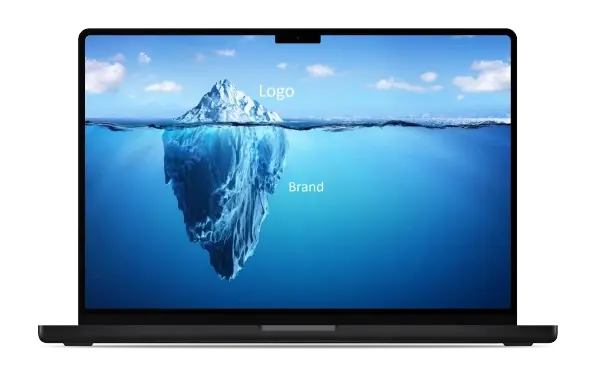
Determining Brand Archetype
Every brand embodies an archetype—an intrinsic, universal pattern of behavior that connects with customers on a deeper, emotional level. We help define which archetype aligns with your brand’s essence, giving it both direction and relevance.
Brand Architecture Structure
We design a clear framework for your brand, ensuring that each product or service aligns with your overarching brand promise. This strategic alignment helps streamline messaging and enhances brand coherence.
Brand Competitive Advantage
We identify the unique differentiators that set your brand apart in the market. Our strategic process evaluates competitor positioning, enabling us to create a competitive advantage that is sustainable and long-lasting.
Defining Brand Essence
At the heart of every strong brand lies its essence—a set of core values and beliefs that reflect its true purpose. We help articulate and define this essence, ensuring that it’s consistent across all touchpoints and deeply resonant with your audience.
View moreThe concept of a brand archetype stems from Carl Jung’s theory of the human psyche. According to Jung, the psyche comprises three parts:
Conscious
Personal Unconscious
Collective Unconscious
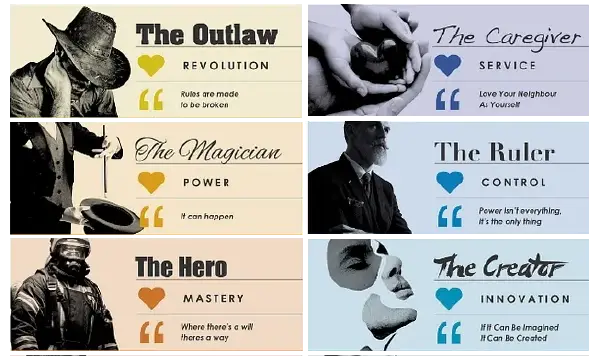

The archetype resides in the collective unconscious—universal, ancient patterns of behavior that are shared by all people, regardless of time or culture. These archetypes, which have existed for centuries, are deeply embedded in the human experience, influencing thoughts, emotions, and actions.
In branding, an archetype is more than just a symbolic representation; it’s the authentic and timeless core of your brand. Identifying and aligning your brand with a specific archetype helps create a meaningful emotional connection with your audience, allowing your brand to resonate on a deeper level.
At Idea Branding Agency, we help uncover your brand’s archetype to define its personality and build an emotional narrative that appeals to your customers’ subconscious desires and values.
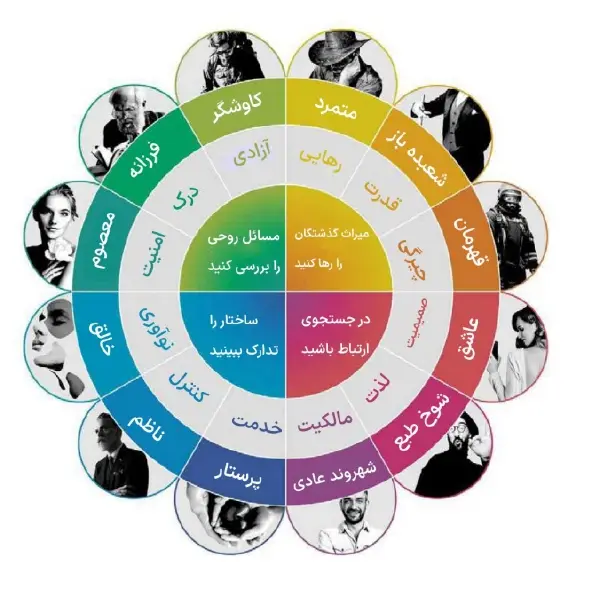
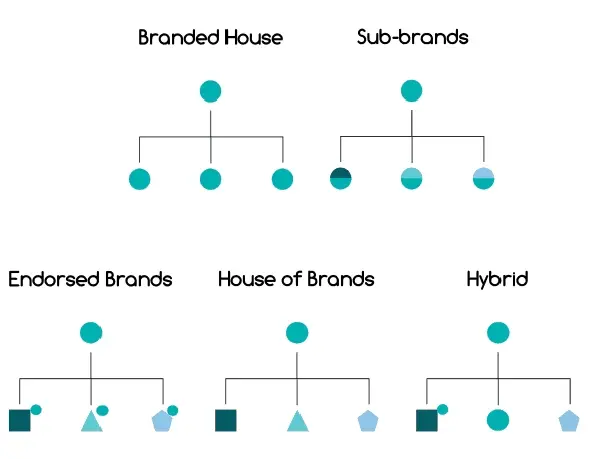
Brand architecture is the organizational framework that defines the relationship between a parent brand and its sub-brands, products, and services. This structure helps communicate a clear narrative to consumers, assisting them in understanding the value of the brand as a whole while also clarifying the roles of individual offerings within the brand portfolio.
A well-defined brand architecture establishes clarity, ensuring that each brand within the portfolio contributes to a cohesive and unified brand story.
There are several types of brand architecture models:
In this model, all product lines and sub-brands derive their names from the parent brand. Consumers recognize the overarching credibility of the parent brand, making the individual product offerings more trustworthy.Example: Google uses this model, where products like Google Drive, Google Maps, and Google Photos all align with the parent brand, leveraging its credibility.
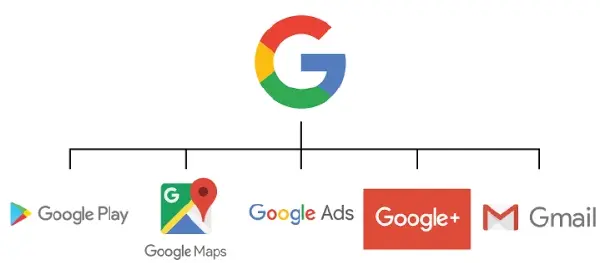

This model features distinct brands, each with its own identity, often unrelated to one another. Consumers may not recognize that these brands belong to the same parent company.Example: Procter & Gamble employs this model, with brands like Tide, Pampers, and Gillette operating independently.
Sub-brands maintain a strong connection with the parent brand, leveraging its established reputation to introduce and market their products. These brands can be seen as extensions that maintain consistency with the parent while offering some differentiation.Example: Toyota’s luxury division, Lexus, operates as a sub-brand with its own identity but remains aligned with Toyota’s core values.

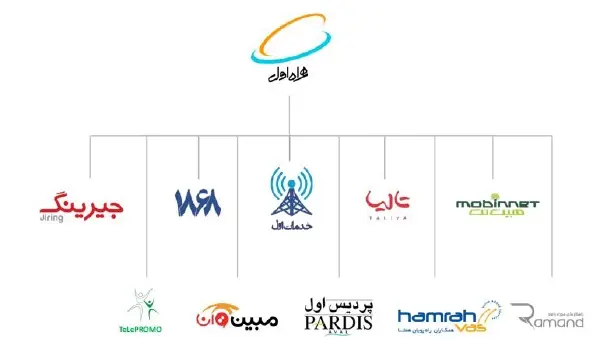
In this model, different product lines have unique identities but are subtly connected to the parent brand through endorsement. Each brand has its own character, but the parent brand lends its credibility through visible cues.Example: Nestlé endorses sub-brands like Nescafé, KitKat, and Smarties, which each have distinct identities but carry the Nestlé endorsement.
This model defines the relationships between different tiers of a company’s brands. Each brand tier has specific responsibilities, ranging from the mother brand to individual products and models.Example: Unilever is a mother brand that encompasses various product brands such as Dove, Lipton, and Ben & Jerry’s, each with distinct identities but under one umbrella brand.


Brand essence is the soul of your brand—the core feeling or emotion that customers should perceive when they encounter your brand name, logo, or any brand touchpoint. It is the intangible quality that sets your brand apart from others, making it unique and memorable.
Unique: Your brand essence must be distinct and stand out in the marketplace.
Meaningful and Relevant: It should resonate with your audience’s values and needs.
Intangible: It exists on an emotional level, beyond just the physical attributes of your product.
Enduring: Brand essence should be timeless, lasting beyond trends and fads.
Expandable and Scalable: It should evolve and grow with your brand over time, expanding into new markets and touchpoints.
Experienceable: Your brand essence should be evident at every point of interaction, from packaging to customer service.
Cohesive: It should maintain consistency across all brand touchpoints, ensuring that your audience experiences a unified brand message.
Our Valued Collaborations
At Idea Branding Agency, we are profoundly committed to delivering unparalleled branding services. The following testimonials underscore our dedication to professionalism, efficiency, and exceptional results:






